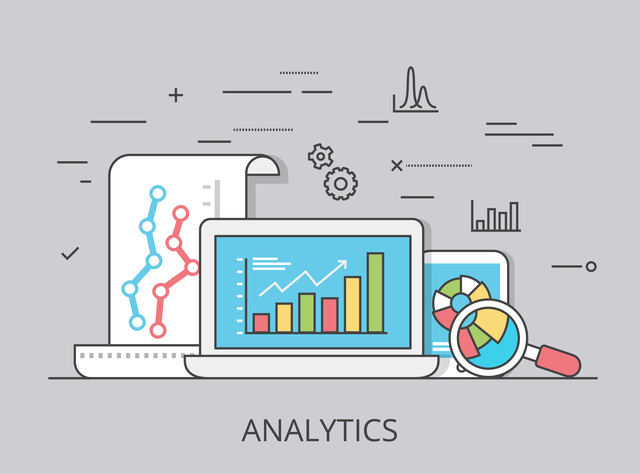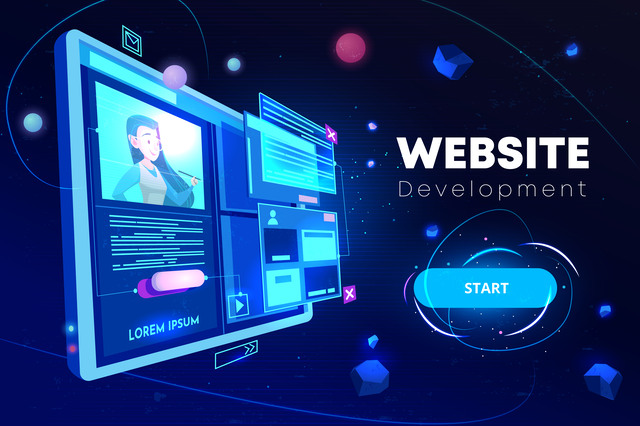Table of Contents
Introduction
Almost every process has flaws, causing certain steps to be improperly executed, leading to operational issues or customer dissatisfaction. However, this situation can be addressed.
The objective is to determine whether the problem lies solely in how the process is marketed within the company or if there’s an inherent flaw that makes the process ineffective.
In the latter scenario, analysing and optimising the process becomes crucial to prevent future mistakes and align it better with the needs of stakeholders.
Besides continuous improvement, process modifications are integral to digitisation efforts.
Contrary to common belief, digital transformation doesn’t conclude with the introduction of new technologies; it actually commences there.
It’s about integrating these changes into daily practices to embed transformation thoroughly within the organisation.
Irrespective of the motive behind scrutinising operational processes, this blog post will cover everything about process analysis and optimisation. From its significance to the advantages and a practical approach, it’s an essential read for valuable insights.”
Benefits of Process Analytics
Process analytics, if implemented properly, can uplift your business in more than one way. A primary focus of it is obviously improving your organisation from within and making it a bit more consumer-oriented. Apart from this, it can also help you with —
1: Efficiency Improvements
Pinpointing inefficiencies within workflows allows for a comprehensive understanding of where time and resources are being underutilised.
This detailed scrutiny helps not just streamline workflows but also identify potential areas for automation or optimisation.
By mapping out processes, organisations gain insights into redundant steps, enabling them to restructure tasks for maximum efficiency.
This not only saves time but also enhances the agility of the organisation in responding to changing demands.
2: Cost Reduction
Identifying bottlenecks and redundant steps goes beyond just improving speed; it directly impacts cost reduction.
Streamlining processes can minimise unnecessary expenditure, whether it’s reducing excess inventory, cutting down on manual labour, or eliminating redundant systems.
Such optimisation directly impacts the bottom line, making operations leaner and more cost-effective.
3: Quality Enhancement
Understanding the intricate details of a procedure empowers organisations to implement quality control measures at every stage.
By having a comprehensive view, they’ll be able to identify potential points of failure or quality degradation and implement corrective measures.
This meticulous approach not only ensures a higher standard of the end product or service but also boosts customer satisfaction, fostering loyalty and positive word-of-mouth.
4: Data-Driven Decision Making
Process analytics enables organisations to move away from gut-based decision-making towards informed choices backed by data.
It facilitates the collection and analysis of data points across various stages, providing a holistic view of operations. This approach minimises risks associated with uncertainty, allowing for more precise and strategic decision-making.
5: Continuous Improvement
Process analytics doesn’t stop at initial optimisations. It becomes the bedrock for a culture of continuous improvement, especially in an organisational environment.
By regularly monitoring and analysing processes, organisations can identify evolving inefficiencies or emerging trends, ensuring that they’re always striving for betterment.
This culture tends to foster innovation and adaptability, which is vital for staying competitive in a constantly evolving business landscape.
Process Analytics — How is It Applied?
Process analysis can be used in different ways for different aspects. Here’s what you need to know in this regard —
1: Manufacturing
Process analytics plays an important role in manufacturing by leveraging data to optimise various facets of production. It usually involves the following —
- Production Line Optimisation: Analysing data from machinery and operations to identify bottlenecks, minimise downtime, and enhance productivity.
- Quality Control Improvement: By scrutinising data on product defects or deviations, manufacturers can pinpoint issues, leading to better quality assurance and reduced waste.
- Predictive Maintenance: Utilising predictive analytics to foresee equipment failures or maintenance needs, preventing unexpected downtime and optimising your schedules.
2: Healthcare
Within the healthcare sector, process analytics offers multifaceted advantages. These might include —
- Administrative Task Streamlining: Analysing administrative workflows helps reduce paperwork, optimise scheduling, and improve overall operational efficiency.
- Resource Allocation Optimisation: Understanding patient flow, staff allocation, and resource utilisation allows for better management of medical facilities and personnel.
- Diagnostic and Treatment Enhancement: By analysing patient data and treatment outcomes, healthcare providers can identify patterns, leading to more accurate diagnoses and optimised treatment plans.
3: Finance
In the financial sector, process analytics aids in:
- Fraud Detection: Analysing transactional data aids in identifying several anomalies, preventing fraudulent activities, and securing financial systems.
- Risk Assessment: Using predictive models to assess risks that are associated with investments, loans, or financial products — aiding in informed decision-making.
- Customer Experience Enhancement: Analysing customer interactions as well as behaviour assists in personalising services, improving satisfaction, and increasing customer retention.
4: Supply Chain Management
Process analytics offers significant advantages in supply chain management:
- Inventory Optimisation: Analysing demand patterns and inventory data helps in maintaining optimal stock levels, reducing excess inventory, and avoiding shortages.
- Cost Reduction: Identifying inefficiencies in the supply chain process helps in cost reduction through streamlined operations and better resource allocation.
- Timely Deliveries: Analysing transportation and logistics data aids in optimising routes, reducing transit times, and ensuring timely deliveries.
Note: In all these sectors, process analytics works as a catalyst for continuous improvement. It, in turn, can enable data-driven decision-making and foster innovation to drive efficiency, productivity, and, ultimately, better outcomes.
Challenges in Implementing Process Analytics
While process analytics can be quite beneficial for an organisation, it can also lead to a lot of challenges, especially
- Data Quality and Integration: Ensuring data accuracy and integrating diverse data sources can be complex and time-consuming.
- Privacy and Security: Handling sensitive data requires robust security measures to safeguard against potential breaches.
- Skill Set Requirements: Utilising advanced analytics tools and techniques might necessitate a skilled workforce or external expertise.
Conclusion
Process analytics serves as a valuable tool for organisations seeking to optimise all of their operations, enhance efficiency, and make informed decisions.
By leveraging data-driven insights, businesses can identify opportunities for improvement, streamline processes, and stay competitive in today’s dynamic market landscape.
Embracing process analytics technologies isn’t just about understanding the operations—it’s also about continuously evolving and innovating to drive sustainable success.




